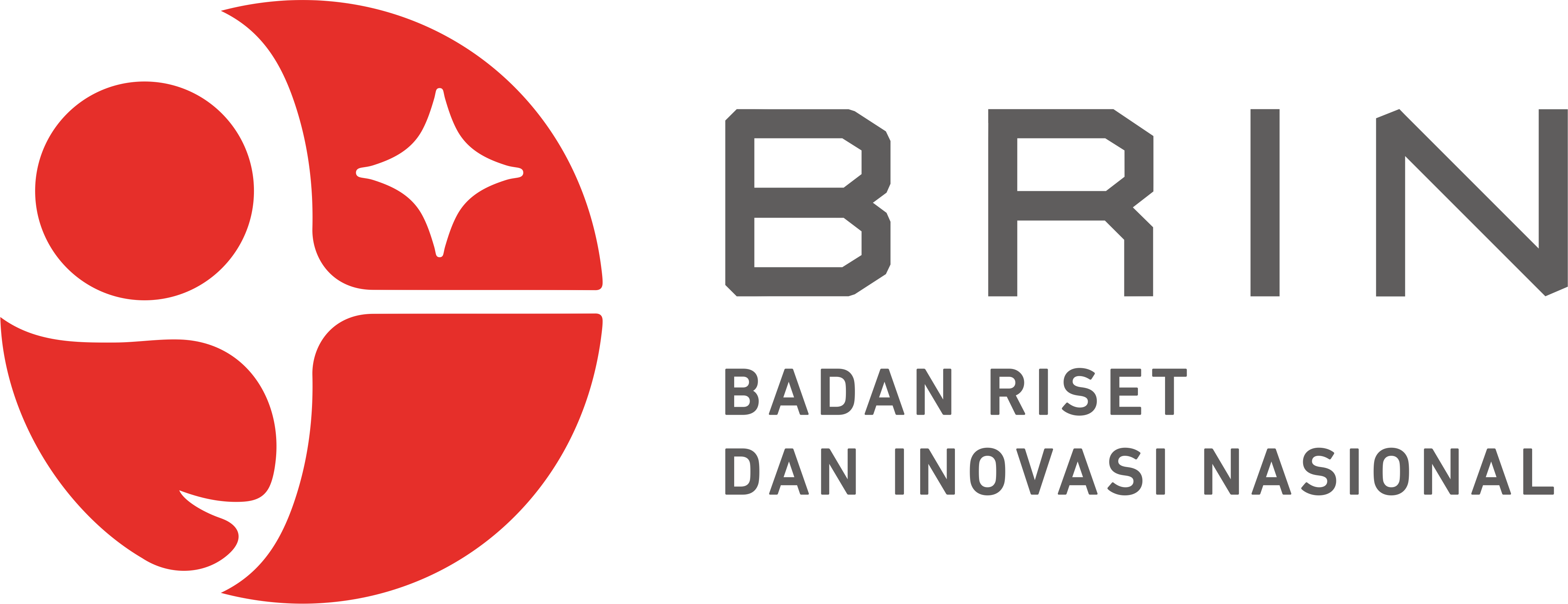THE USE OF GOOGLE CLASSROOM IN EFFECTIVENESS IN ELT: SYSTEMATIC REVIEW
Keywords:
Google Classroom, ELT, Instructions, Students, EffectivenessAbstract
The integration of technology in education has revolutionized teaching and learning practices across various disciplines. This comprehensive review seeks to investigate the effectiveness of Google Classroom in Teaching English (ELT) by examining the existing literature, to address the need for a comprehensive understanding of its impact on language learning. In addition, this review contributes to a cumulative understanding of technology integration in language education, thus informing future research directions and pedagogical approaches. This study uses the method of systematic review for the method to apply in this paper. The purpose of this study is to investigate the role of Google classroom in ELT by analyzing the literature. The results of this systematic review show that the platform is highly effective from two important aspects, namely, from the perspective of ELT and writing instruction. Teachers and educational institutions should integrate Google Classroom as one of the supporting tools in the learning process and the development of creative and effective communication and writing skills. This research also provides a new view in developing more innovative learning strategies and adjusting to the digital era that is currently developing.
References
REFERENCE
Almekhlafi, A. G. (2020). Designing and Creating Digital Interactive Content Framework: Description and Evaluation of the Almekhlafi Digital Interactive Content Model. Science Education International, 31(2), 130–141. https://doi.org/10.33828/sei.v31.i2.1
Alsaidi, B. K., Ali, M. A., & Hussain, I. A. (2023). Study the Effect of Using Google Classroom on the Academic Performance Under the Covid19 Pandemic Using Data Mining Technique. International Journal of Interactive Mobile Technologies, 17(6), 20–32. https://doi.org/10.3991/ijim.v17i06.38783
Amrizal, A. (2022). The Effect of Google Classroom in Improving Students’ Grammar Competence. IDEAS: Journal on English Language Teaching and Learning, Linguistics and Literature, 10(1), 609–612. https://doi.org/10.24256/ideas.v10i1.2787
Andewi, W., & Pujiastuti, D. (2021). Google Classroom: The Web-Based Media for Teaching English. Jurnal Penelitian Ilmu Pendidikan, 14(2), 189–198. https://doi.org/10.21831/jpipfip.v14i2.41450
Anjarwati, R., & Sa’adah, L. (2022). the Effect of Combining Google Classroom and Whatsapp on Student Engagement in English Class. E-Link Journal, 9(2), 152. https://doi.org/10.30736/ej.v9i2.666
Ansong-Gyimah, K. (2020). Students’ perceptions and continuous intention to use elearning systems: The case of google classroom. International Journal of Emerging Technologies in Learning, 15(11), 236–244. https://doi.org/10.3991/IJET.V15I11.12683
Debbyanti, L. E., & Subekti, A. S. (2022). Google Classroom in Indonesian Efl Classes: Voices From High School Teachers and Students. International Journal of Humanity Studies (IJHS), 6(1), 95–108. https://doi.org/10.24071/ijhs.v6i1.5052
Dewi, C. A., Muhali, M., Kurniasih, Y., Lukitasari, D., & Sakban, A. (2022). The impact of Google Classroom to increase students’ information literacy. International Journal of Evaluation and Research in Education, 11(2), 1005–1014. https://doi.org/10.11591/ijere.v11i2.22237
Dhawan, S. (2020). Online Learning: A Panacea in the Time of COVID-19 Crisis. Journal of Educational Technology Systems, 49(1), 5–22. https://doi.org/10.1177/0047239520934018
Ghavifekr, S., & Rosdy, W. A. W. (2015). Teaching and learning with technology: Effectiveness of ICT integration in schools. International Journal of Research in Education and Science, 1(2), 175–191. https://doi.org/10.21890/ijres.23596
Gunuç, S., & Babacan, N. (2017). Technology Integration in English Language Teaching and Learning. The Journal of Teaching English for Specific and Academic Purposes, 5, 349–358. https://doi.org/10.22190/JTESAP1702349G
Heggart, K. R., & Yoo, J. (2018). Getting the most from google classroom: A pedagogical framework for tertiary educators. Australian Journal of Teacher Education, 43(3), 140–153. https://doi.org/10.14221/ajte.2018v43n3.9
Henry, D., Ackerman, M., Sancelme, E., Finon, A., Esteve, E., Nwabudike, L. C., Brancato, L., Itescu, S., Skovron, M. L., Solomon, G., Winchester, R., Learning, M., Cookbook, R., Husain, Z., Reddy, B. Y., Schwartz, R. A., Brier, J., Neal, D. E., Feit, E. M., … Rello, J. (2020). No. Journal of the European Academy of Dermatology and Venereology, 34(8), 709.e1-709.e9. http://dx.doi.org/10.1016/j.jaad.2013.01.032
Herawati, H. (2022). Google Classroom as Online Media in English Teaching and Learning. Journal of English Education and Teaching, 6(4), 610–621. https://doi.org/10.33369/jeet.6.4.610-621
K, A. H., Siregar, T. M., Purba, J., & Mukmin, B. A. (2019). Evaluation of Implementation of Blanded Learning Implementation in Universitas Negeri Medan. Britain International of Linguistics Arts and Education (BIoLAE) Journal, 1(2), 224–231. https://doi.org/10.33258/biolae.v1i2.89
Ketut Sudarsana, I., Bagus Made Anggara Putra, I., Nyoman Temon Astawa, I., & Wayan Lali Yogantara, I. (2019). The use of Google classroom in the learning process. Journal of Physics: Conference Series, 1175(1). https://doi.org/10.1088/1742-6596/1175/1/012165
Martin, B. A. (2021). Teachers Perceptions of Google Classroom. Canadian Journal of Learning and Technology, 47(1), 1–16.
Moonma, J. (2021). Google Classroom: Understanding EFL Students’ Attitudes towards Its Use as an Online Learning Platform. English Language Teaching, 14(11), 38. https://doi.org/10.5539/elt.v14n11p38
Perumal, T., & Jalaluddin, I. (2023). Effectiveness of Using Google Classroom in Learning English: A Literature Review. International Journal of Advanced Research in Education and Society, 5(3), 436–449. https://doi.org/10.55057/ijares.2023.5.3.40
Raja, R., & Nagasubramani, P. C. (2018). Impact of modern technology in education. Journal of Applied and Advanced Research, 3, S33–S35. https://doi.org/10.21839/jaar.2018.v3is1.165
Rakhmawati, I. (2020). The Effectiveness of Google Classroom on the First Semester Students’ Writing Skill at STKIP PGRI Tulungagung STKIP PGRI Tulungagung. Linguistics, and Literature, 3(1), 21–33.
Rivera-Lozada, O., Campos-Ugaz, O., Diaz, M. A. A., Uribe-Hernández, Y. C., Hernández, R. M., De Souza, R., Alanya-Beltran, J., Sameem, M. A. M., & Tarihoran, N. (2022). “I See. I Talk. I Hear.” A Survey on the Effectiveness of Instagram App in Developing Listening Skill and Vocabulary Size of EFL Students. Journal of Positive Psychology and Wellbeing, 6(1), 316–323.
Sabran, & Sabara, E. (2019). Keefektifan Google Classroom sebagai media pembelajaran. PROSIDING SEMINAR NASIONAL LEMBAGA PENELITIAN UNIVERSITAS NEGERI Makasar, 122–125. https://webcache.googleusercontent.com/search?q=cache:SS_jKM_r2TAJ:https://ojs.unm.ac.id/semnaslemlit/article/download/8256/4767+&cd=2&hl=id&ct=clnk&gl=id
Sepyanda, M. (2018). Students’ Attitude Toward the Use of Google Classroom on Translation Subject in English Department of FKIP UMMY Solok. English Language Teaching and Research, 2(1), 180–188.
Shahroom, A. A., & Hussin, N. (2018). Industrial Revolution 4.0 and Education. International Journal of Academic Research in Business and Social Sciences, 8(9), 314–319. https://doi.org/10.6007/ijarbss/v8-i9/4593
Sholah, H. M. (2020). Teaching and Learning English Using Google Classroom for Indonesian Students. Jurnal Pusaka, 8(1), 1–12. http://ejournal.alqolam.ac.id/index.php/jurnal_pusaka/article/view/375
Sukmawati, S., & Nensia, N. (2019). The Role of Google Classroom in ELT. International Journal for Educational and Vocational Studies, 1(2), 142–145. https://doi.org/10.29103/ijevs.v1i2.1526
Susanto, E., Sasongko, R. N., Kristiawan, M., Nipriansyah, N., & Purdiyanto, P. (2021). Constraints of Online Learning Using Google Classroom During Covid-19. Education Quarterly Reviews, 4(2). https://doi.org/10.31014/aior.1993.04.02.201
Tarihoran, N., et. al. (2021). Pre-Service Teachers’ Perception of Online Learning in Islamic University during a Coronavirus (Covic-19) Pandemic. Turkish Journal of Computer and Mathematics Education (TURCOMAT), 12(3), 4181–4189. https://doi.org/10.17762/turcomat.v12i3.1709
Tassinari, L. F. de M., Araújo, T. C. M. de, & Barbosa, J. A. (2023). Seismic Oceanography Method: a Prisma Based Sistematic Review. Journal of Engineering Research, 3(25), 2–26. https://doi.org/10.22533/at.ed.3173252324071
Upadhayaya, P. R. (2023). Information Communication Technology in Education: Bringing Innovation in Classroom. Ganeshman Darpan, 8(1), 96–110. https://doi.org/10.3126/gd.v8i1.57335
Vidyasari, R., Marsakawati, N. P. E., & Artini, L. P. (2022). Teachers’ Perception of the Use of Google Classroom To Assess English Skills. Language Literacy: Journal of Linguistics, Literature, and Language Teaching, 6(1), 39–50. https://doi.org/10.30743/ll.v6i1.4788
Wijaya, A. (2016). Analysis of Factors Affecting the Use of Google Classroom to Support Lectures. The 5th International Conference on Information Technology and Engineering Application (ICIBA2016), February, 61–68. http://eprints.binadarma.ac.id/2777/1/ICIBA2016-09-Wijaya-GoogleClassroom.pdf
Yustanti, I., & Novita, D. (2019). Pemanfaatan E-Learning bagi para Pendidik Di Era Digital 4.0 Utilization of E-Learning for Educators in Digital Era 4.0’, Prosiding Seminar Nasional Program Pascasarjana Universitas Pgri Palembang. Jurnal Univ PGRI Palembang, 12(1), 338–346. https://jurnal.univpgri-palembang.ac.id/index.php/Prosidingpps/article/view/2543









